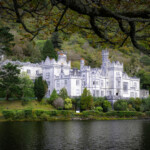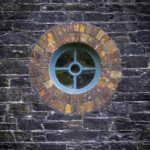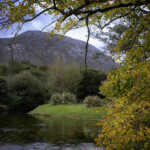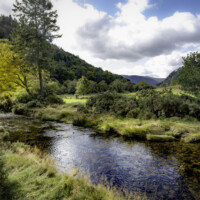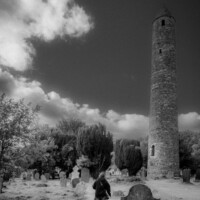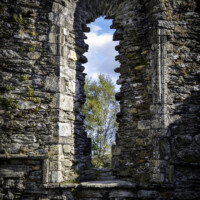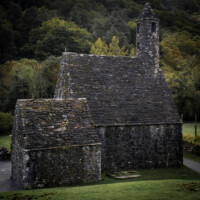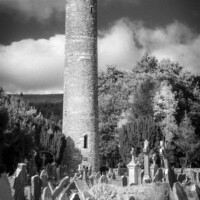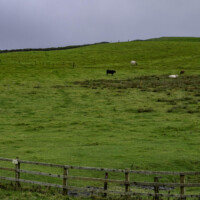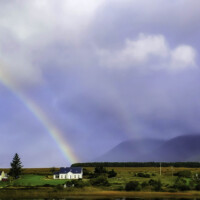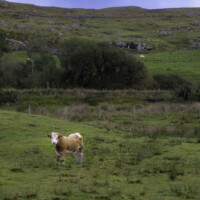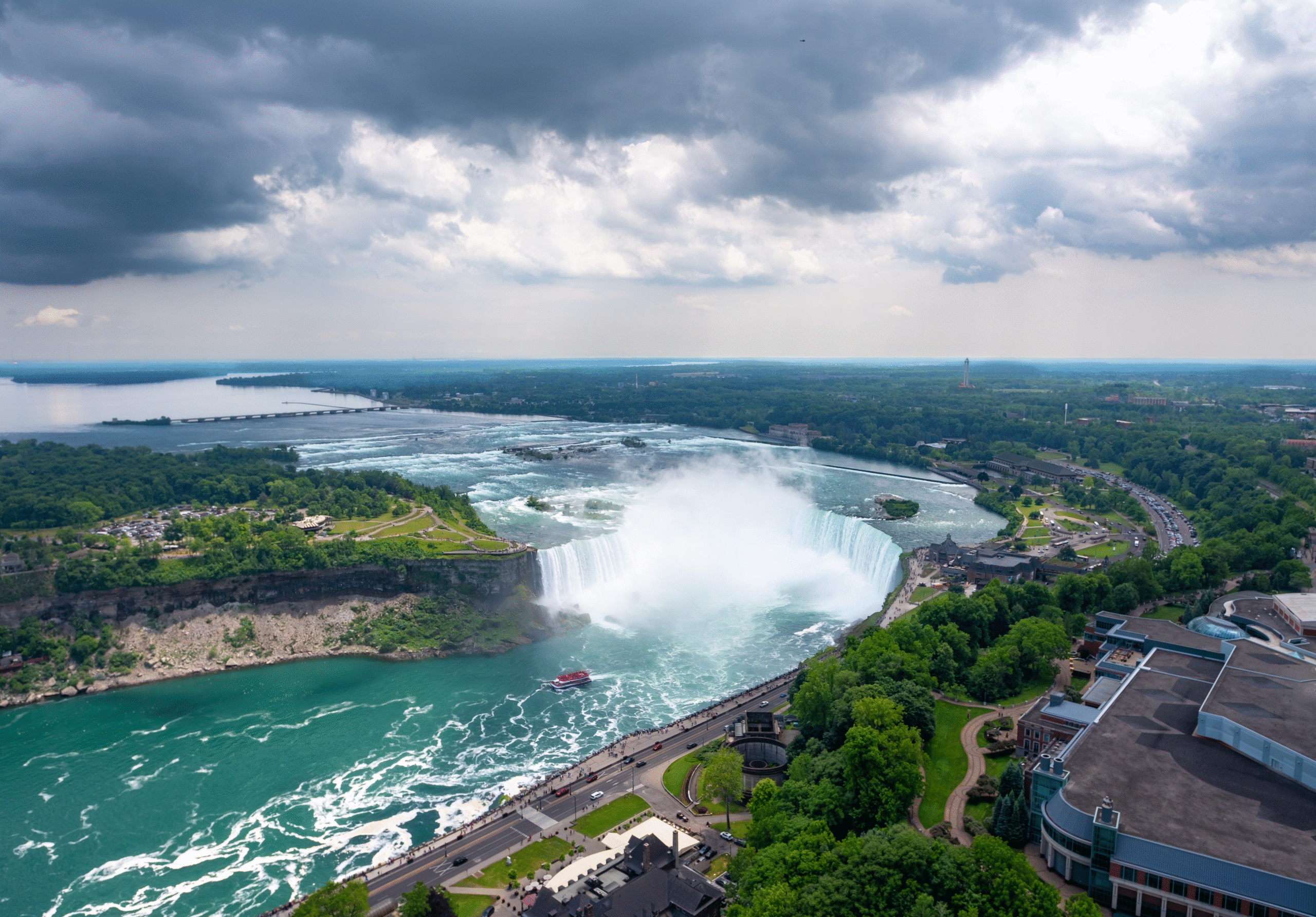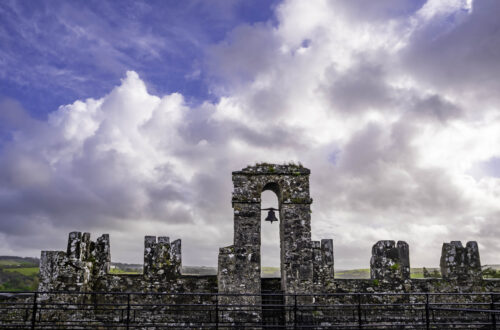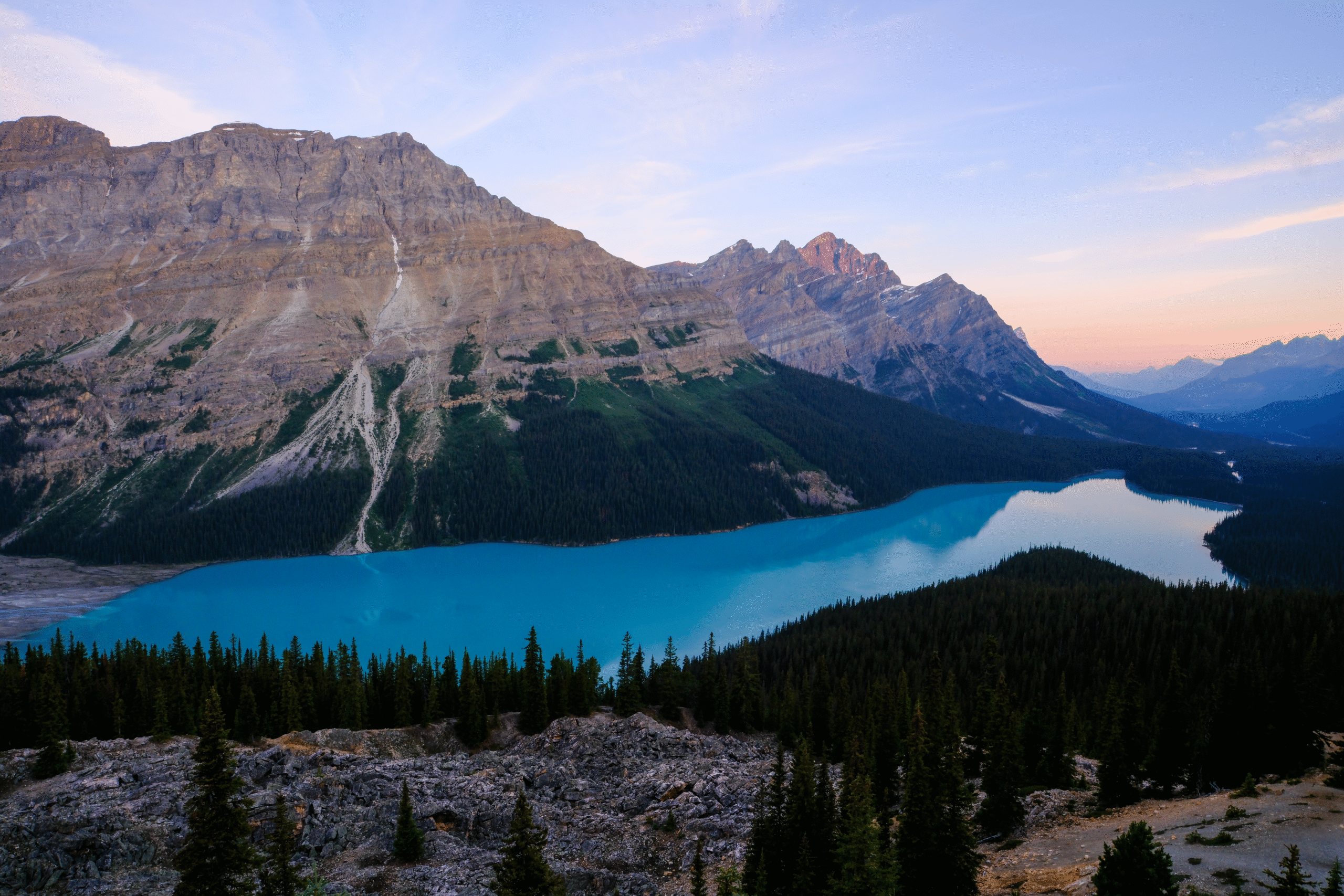Ireland 2024 Part Two
Cliffs of Moher, N59, Kylemore Abbey
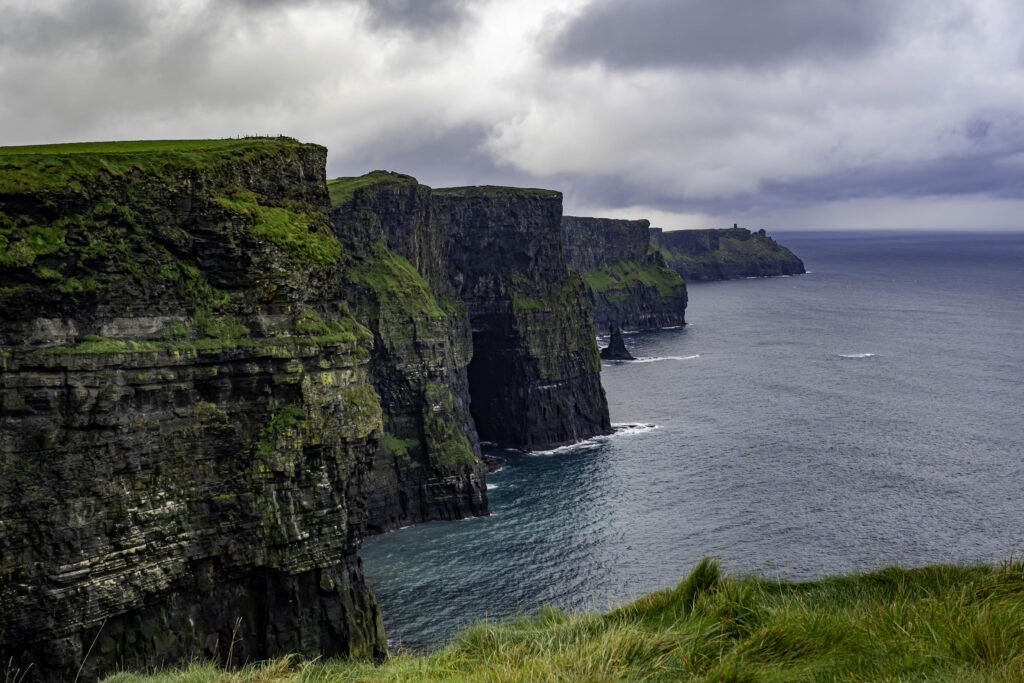
The Cliffs of Moher, located on the west coast of Ireland, are one of the country’s most iconic natural landmarks, drawing visitors from around the globe. Rising to heights of over 700 feet, these majestic cliffs stretch for approximately five miles along the Atlantic Ocean, offering breathtaking views and a dramatic landscape that embodies the rugged beauty of Ireland.
The significance of the Cliffs of Moher extends beyond their stunning aesthetics. Ecologically, they are home to a diverse range of flora and fauna, including several species of seabirds such as puffins, razorbills, and guillemots. This rich biodiversity highlights the importance of coastal ecosystems and emphasizes the need for conservation efforts in the face of climate change and human impact.
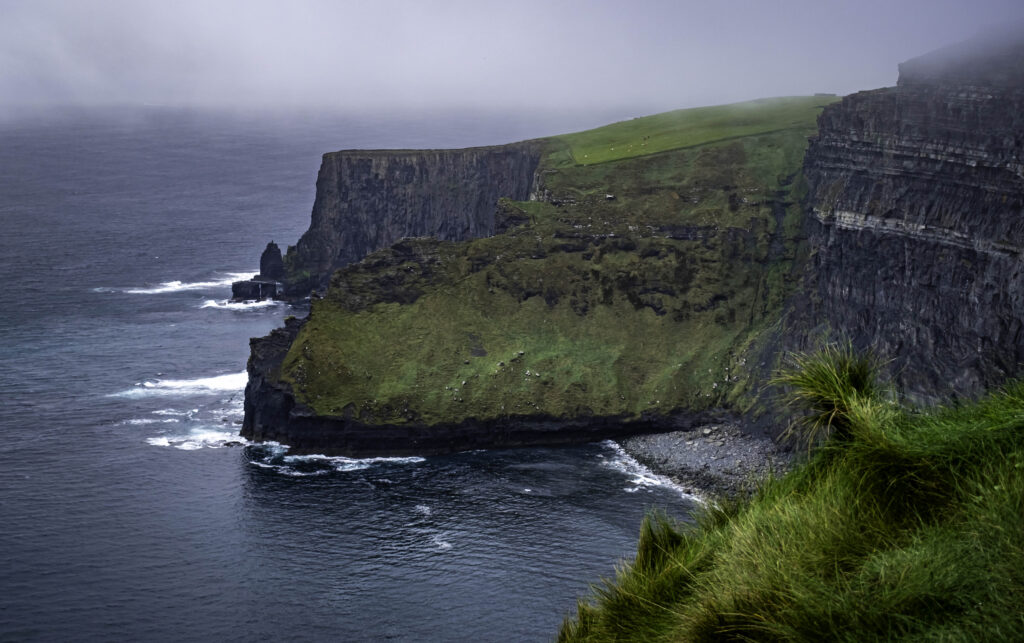
Culturally, the Cliffs hold a deep significance in Irish heritage. They feature prominently in literature, music, and folklore, symbolizing both the beauty and the raw power of nature. The cliffs have inspired numerous artists and writers, including the renowned poet W.B. Yeats, who captured the essence of the Irish landscape in his works. Additionally, the site has become a symbol of Irish identity, attracting tourists who seek to connect with the country’s natural and cultural heritage.
Furthermore, the Cliffs of Moher play a crucial role in the local economy. Tourism generated by the cliffs provides employment and sustains local businesses, significantly contributing to the region’s economic stability. The establishment of the Cliffs of Moher Visitor Experience has enhanced educational opportunities, allowing visitors to learn about the geological and ecological significance of this natural wonder.
The N59
The N59 is a scenic route that showcases Ireland’s stunning landscapes. Stretching from the vibrant town of Westport to the charming village of Clifden, this road winds through breathtaking mountains, lush valleys, and along the rugged coastline of Connemara. Travelers can enjoy picturesque views of lakes, coastal cliffs, and traditional Irish villages. Whether you’re exploring the Wild Atlantic Way or seeking adventure in the great outdoors, the N59 offers an unforgettable journey through Ireland’s natural beauty and rich cultural heritage. Don’t forget your camera—the views are truly spectacular!
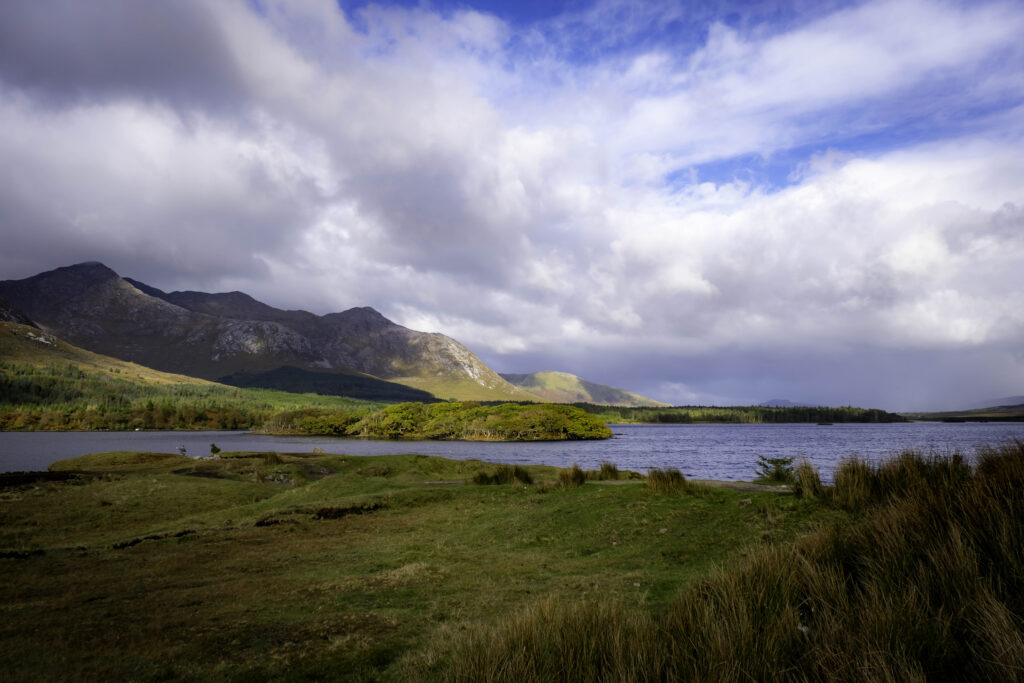
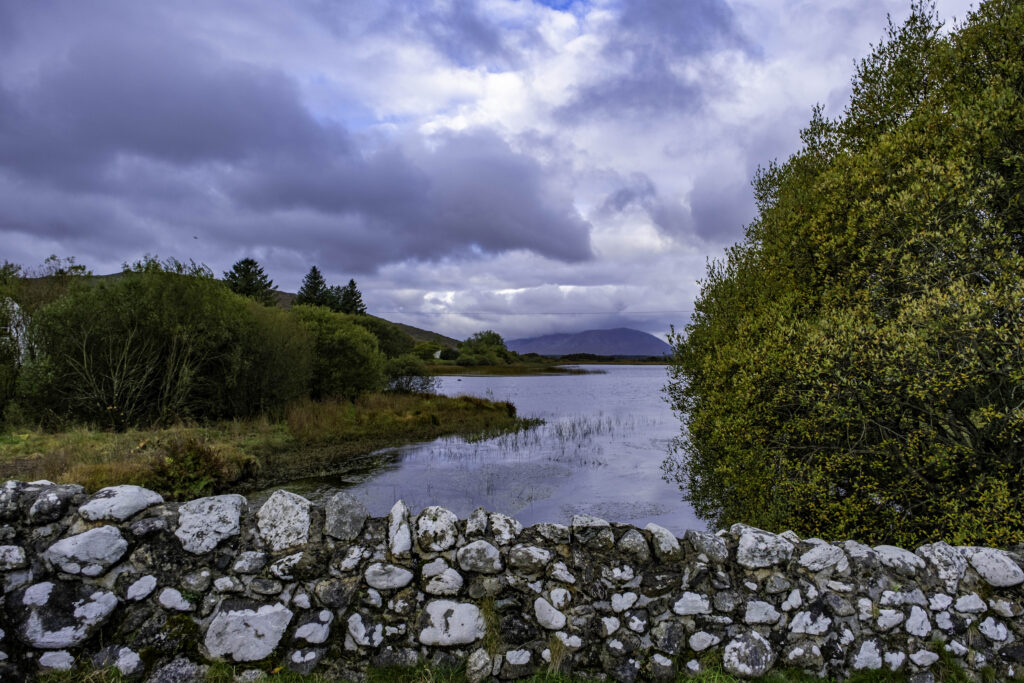
Famous for its appearance in the classic 1952 movie “The Quiet Man,” starring John Wayne and Maureen O’Hara, this picturesque stone bridge captures the essence of rural Ireland.
Kylemore Abbey, located in the heart of Connemara, County Galway, Ireland, is a striking example of Gothic Revival architecture and a site rich in history and cultural significance. Founded in 1920 as a Benedictine monastery, this picturesque abbey sits on the shores of a serene lake, framed by the rugged landscape of the Twelve Bens mountains. Its beauty and historical relevance make it a compelling destination for visitors and a symbol of Irish heritage.
The abbey was originally built in the 1860s as a private home for Mitchell Henry, a wealthy businessman from England, and his wife, Margaret. The couple fell in love with the breathtaking surroundings, and their passion for the land is evident in the estate’s design and the gardens that accompany it. Tragically, Margaret’s untimely death from pneumonia led Mitchell to dedicate the estate to her memory, adding a poignant layer to its history. This backstory imbues the abbey with an emotional resonance, drawing visitors not only for its architectural beauty but also for its connection to love and loss.
To Glendalough
Glenadough, in County Wicklow, Ireland, is renowned for its remarkable natural beauty and rich historical significance. Known as Glendalough, which translates to “the valley of two lakes,” this ancient monastic site attracts visitors with its breathtaking scenery and deep-rooted cultural heritage. The combination of stunning vistas, archaeological remnants, and spiritual history makes Glendalough a vital part of Ireland’s national identity.
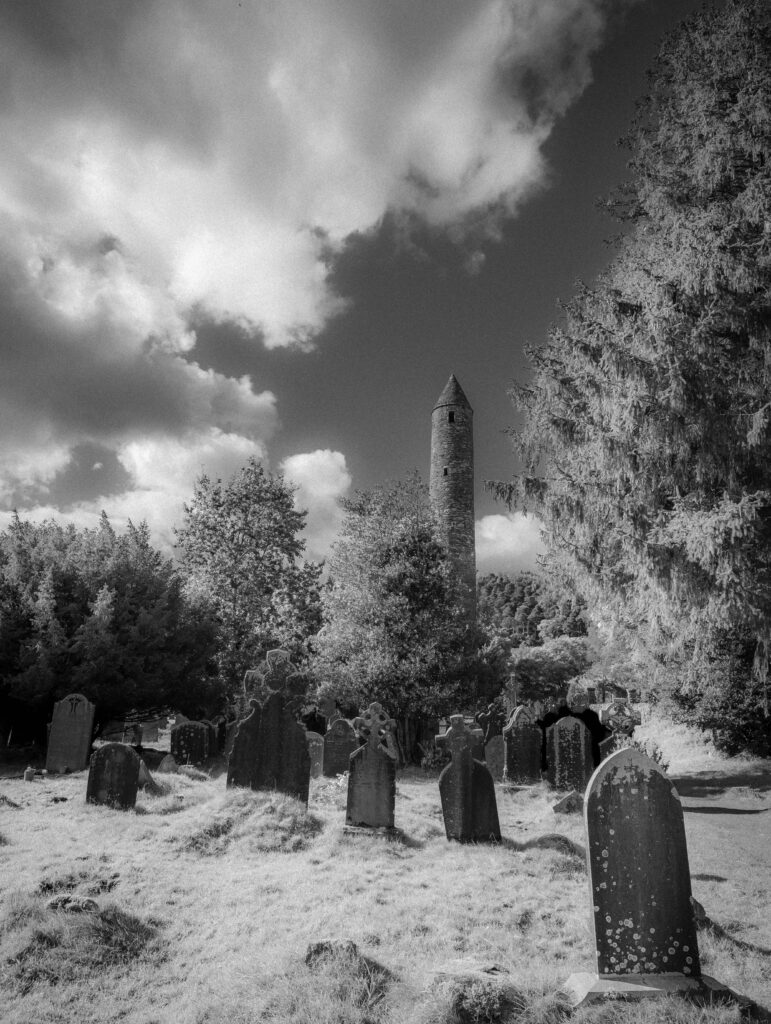
Historically, Glendalough is best known for its early Christian monastic settlement founded in the 6th century by St. Kevin, a hermit who sought solitude in the tranquil valley. Over the centuries, the monastic site grew in prominence, becoming a center of learning and spirituality. The ruins of the monastery, including the iconic round tower, several churches, and a graveyard, reflect the architectural style and religious fervor of the time. The round tower, standing at approximately 30 meters tall, served as a bell tower and a place of refuge during Viking raids, symbolizing the resilience and ingenuity of the early Christian community.
The significance of Glendalough extends beyond its historical and architectural importance. The site represents a unique blend of natural and spiritual landscapes. Surrounded by the breathtaking Wicklow Mountains and lush woodlands, Glendalough offers a serene environment for reflection and connection with nature. The two lakes, Upper and Lower Glendalough, add to the area’s allure, attracting hikers, photographers, and nature enthusiasts. The scenic trails that wind through the valley provide opportunities for exploration, encouraging visitors to immerse themselves in the tranquility of the surroundings.
Glendalough’s historical narrative is deeply intertwined with Irish spirituality and cultural identity. The monastery was not only a place of worship but also a hub for art and scholarship, producing illuminated manuscripts and intricate metalwork. The legacy of St. Kevin and the monastic community has left an indelible mark on Irish culture, inspiring countless stories, songs, and traditions that resonate throughout the country. Today, Glendalough serves as a pilgrimage site for those seeking spiritual solace, drawing people from all walks of life.
In the modern era, Glendalough has become a significant tourist destination, contributing to the local economy and promoting awareness of Ireland’s rich heritage. Visitors flock to the site to explore its historical ruins, hike its scenic trails, and engage with its spiritual legacy. The visitor center offers educational exhibits that provide insights into the history and ecology of the area, ensuring that the stories of Glendalough are preserved for future generations.
Moreover, the surrounding Wicklow Mountains, designated as a national park, add another layer of significance to Glendalough. The park is home to diverse wildlife and offers numerous outdoor activities, fostering a greater appreciation for Ireland’s natural beauty and the importance of conservation. This connection between cultural heritage and environmental stewardship emphasizes the need to protect and cherish both the historical and natural aspects of Glendalough.

